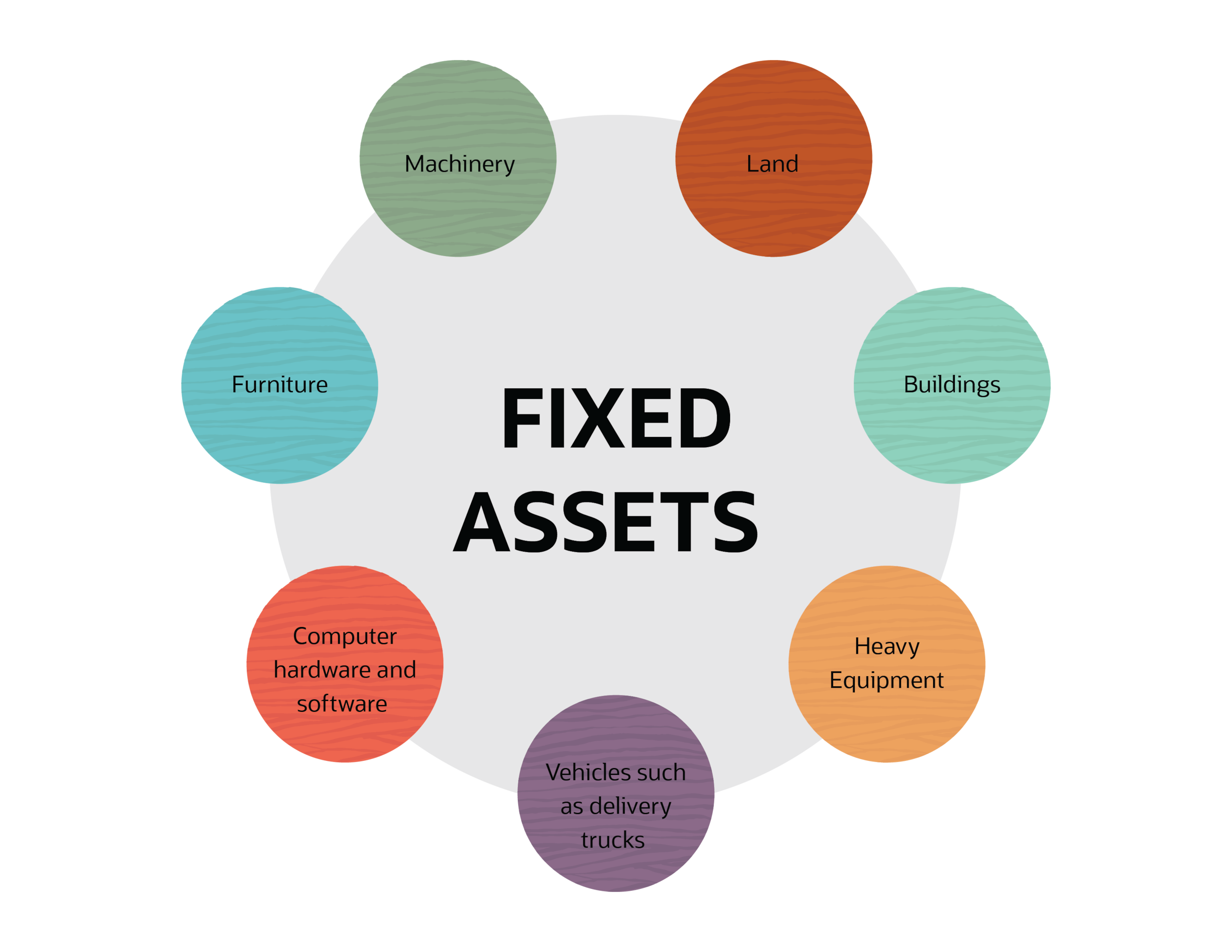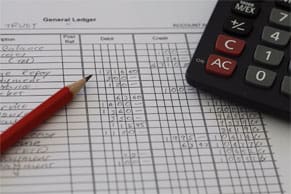There are many ways to record the value of an asset in accounting, ranging from fair market and replacement to historical cost. Each calculation of value has its own merits and its unique uses. Replacement value, for example, is the cost at today’s market value of replacing an asset if it were lost or damaged. Fair value, on the other hand, takes into account how much an asset is worth right now, taking into account factors such as age and wear and tear. Inflation-adjusted value is the original purchase price, adjusted for inflation since the purchase date—in other words, the change in the value over time.
There are other ways to assigned value to assets as well. Even so, historical cost remains a central accounting concept. It is a conservative view of an asset’s value as it remains the same no matter how much time has passed or how much market demand and other conditions may have changed.
What is a Historical Cost?
Historical cost is what your company paid for an asset when you originally bought it. That cost is verifiable by a receipt or other official record of the initial transaction. It is a static snapshot of asset value at the time of purchase and provides no measure of how value may have changed over time.
Historical cost is:
- The original monetary value of the item at the time of purchase;
- Validated or verified by receipt or other record of the transaction;
- A balance sheet item, for most long-term assets;
- A basic accounting principle under the U.S. Generally Accepted Accounting Principles (GAAP);
- Considered a conservative accounting metric as it prevents over-valuation of an asset; and
- Sometimes replaced with fair market value, especially for highly liquid assets.
An impaired asset is an asset that has a current market value that is less than the value listed on the balance sheet. Impaired assets are written down from historical cost to fair market value as a depreciation expense. There are two types of intangible assets: limited-life and indefinite life. The value of limited-life intangible assets is amortized (not depreciated) and generally goes down over time. Indefinite life intangible assets are not amortized; however, they are assessed for impairment annually.
Impairment of both tangible and intangible assets is recorded as a separate expense on the income sheet and is neither amortized nor depreciated.
Historical Cost Explained
Use of historical cost prevents the over-valuation of an asset; this can be particularly useful when asset appreciation is due to volatile market conditions. However, many financial experts argue that historical cost may be too conservative a value for assets because the sum is not adjusted even in stable market conditions.
For example, say a company purchased a building and the land it sits on for $60,000 in 1975. Today, that property may be reasonably valued at $375,000. Listing the land at the original cost on the balance sheet does not reflect that gain in value. The company is therefore valued at less than its assets are actually worth today.
In general, the more time that has passed since the original purchase date, the less accurate historical cost is as a value measure—though this only applies to non-depreciating assets.
How Historical Cost Principle Works
“Historical cost” and “cost principle” are different terms meaning the same thing: the amount paid at purchase. The historical cost principle, aka the cost principle, requires that an asset be reported at its cash or cash equivalent cost at the time of purchase, including any additional expenses incurred to get the asset in place and prepared for use.
For example, the cost of the building and land, plus payments to a realtor and attorney to close the sale.
What if the cost changes?
Historical cost is static. It’s the price paid for the asset, which doesn’t change even if the asset appreciates.
| How Might Historical Cost Change? |
|---|
| Asset appreciation occurs when the asset gains value due to changes in market demand and market valuations. |
| An asset can also become impaired over time, either through normal wear and tear or from damage or other causes, which diminishes its value. |
| Depreciation expense is recorded over the useful lifespan of an asset to reduce the historical cost to a net realizable value, which is the estimated selling price minus the cost of disposing or selling the item. |
Book Value of an Asset and Historical Cost
The book value is an asset’s historical cost less any depreciation and impairment costs. Book values are usually compared to market value as part of financial analyses.
An asset’s book value is a mathematical calculation, whereas its market value is based on perceived value in the market, which is generally based on supply and demand for such an asset.
The book value is the value of an asset as recorded in a company’s books—typically the purchase price less depreciation/amortization and/or impairment expense. The book value appears on the balance sheet.
Importance of Historical Cost to Businesses
Under U.S. Generally Accepted Accounting Principles (GAAP), the historical cost of assets on a company’s balance sheet is a conservative, easily calculated and reliable way to account for capital expenditures.
While historical cost loses relevance to market value over time, it is useful precisely because it is not subject to variances in real or perceived market swings. By using historical cost, the balance sheet is not distorted by those variances, comparability is likewise not degraded and accounting information on the whole is solidly reliable.
In essence, it is the unchanging anchor with which the accounting can be pinned to accurately portray the business reality.
Asset Impairment vs Historical Cost
The primary advantage of historical cost is that it curbs any tendency for the business to overvalue an asset. As an added reality check, while appreciation is ignored in historical cost, amortization and depreciation of an asset is not.
An asset becomes impaired when undergoes a sharp drop in its recoverable value—if it is worth less than its carrying value, it’s considered impaired. Some assets can be reported at less than the amounts based on historical cost if they’re impaired. Adjustments for normal wear and tear are usually recorded as annual depreciation, which is then subtracted from the historical cost to calculate the asset’s book value.
This establishes a conservative and reliable value baseline for each long-term physical asset.
Mark-to-Market vs. Historical Cost
Fair value is based on the mark-to-market accounting practice, rendering a market value for applicable assets. Mark-to-market takes into account current conditions; for example, rather than $60,000, our property would be valued at $375,000.
Accordingly, fair market asset valuations fluctuate up or down. Those deviations are helpful in reporting highly liquid and held-for-sale assets, such as marketable securities held for trading purposes.
Timing trading or sales based on predicted favorable fair market values helps improve future cash flow. It is not failproof, however: Some market changes happen abruptly and are difficult to predict—the U.S. subprime mortgage debacle of 2007-2008 that led to the Great Recession and the 2020 COVID-19 pandemic are prime examples.
Examples of Historical Cost or Cost Principle
Historical cost is applied to fixed assets and is an accounting of the original purchase price.

- Land
- Buildings
- Heavy equipment
- Vehicles such as delivery trucks
- Computer hardware and software
- Furniture
- Machinery
Exceptions to Cost Principle
Highly liquid assets are exceptions to the cost principle and should be recorded at their current market value. In other words, any asset that will be converted to cash shortly should be reported at its fair market value rather than its original cost. Examples include debt or equity investments.
The other exception is accounts receivable, which should be displayed at their net realizable balance, which is the amount expected to be collected when the debt to your company is settled.
#1 Cloud
Accounting
Software
Challenges with Historic Cost Principle
The historical cost principle is in common use, but it’s no panacea for business accounting. Issues and challenges include:
- It provides no indication of an asset’s current value;
- It doesn’t account for inflation or deflation; and
- It’s misleading as an indication of a company’s ability to continue to operate at a specific level because its assets are undervalued.
Like all accounting principles, historical cost has its place on the balance sheet and is useful to the finance team when used properly. It does have its limits, however. While not a controversial principle by any measure, there is current debate about the benefits of using fair market value more heavily than it’s currently used in place of historical costs.









